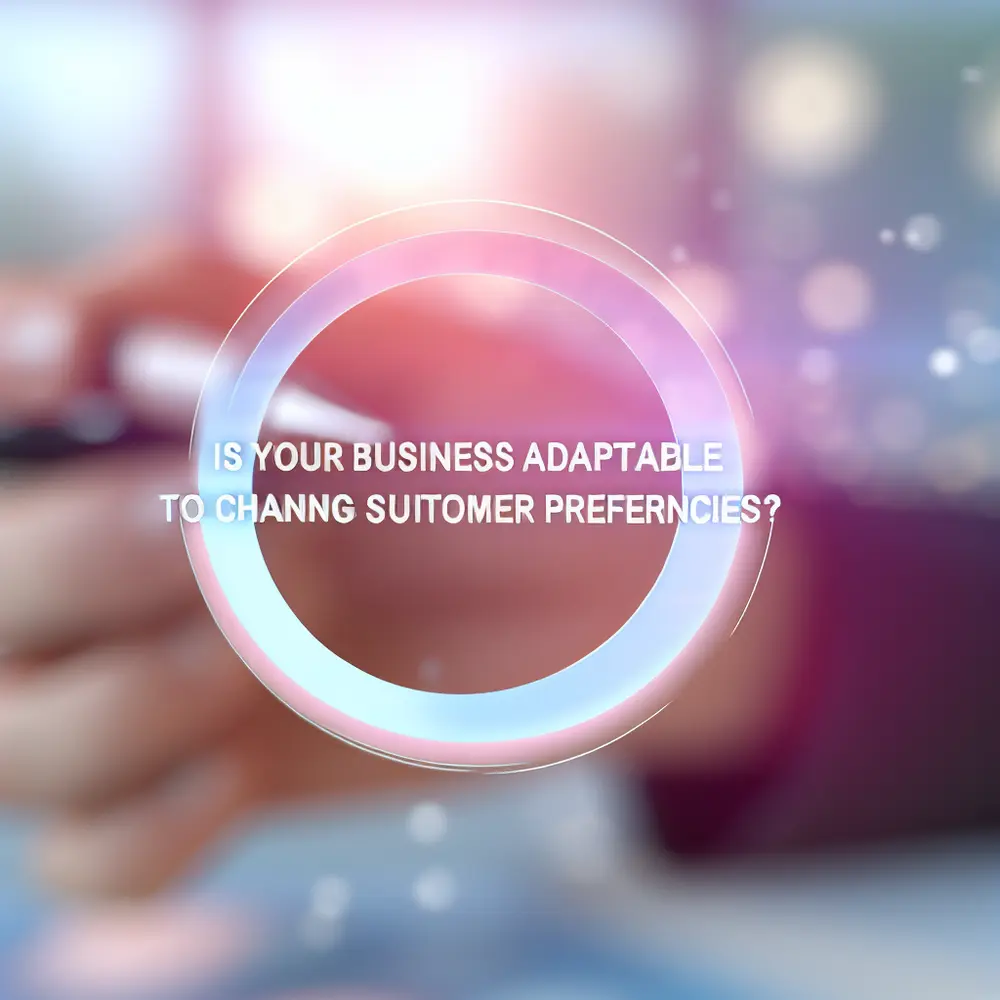In today’s competitive business environment, understanding customer preferences is essential for ensuring long-term success. As consumer behaviors and expectations shift, organizations that fail to adapt risk losing their edge. So, how can you stay ahead and respond effectively to these evolving trends?
Your journey starts with recognizing that adaptability is a necessity, not just an advantage. To thrive, you need to go beyond traditional approaches and embrace a data-driven mindset. Companies that analyze customer data and feedback can pivot quickly, ensuring they meet the changing demands of their audience.
Moreover, integrating customer insights into your strategic planning can position your organization as a leader in your industry. By establishing a culture that prioritizes agility, your business can not only react to changes but also anticipate them. This forward-thinking approach establishes resilience, ensuring continuous growth.
Understanding Customer Preferences: The Key to Business Adaptability
Your ability to adapt to changing customer preferences directly impacts your business’s success. Companies that actively monitor consumer feedback and emerging market trends can identify critical shifts shaping customer behavior. For instance, imagine the “Healthy Delights Café,” which analyzed customer data and observed a growing demand for plant-based options. By introducing new menu items, the café increased customer satisfaction by 25% and boosted sales by 15%.
Furthermore, integrating customer preferences into your core strategy provides a competitive edge. Leaders should continuously assess market shifts and the expectations of their clients. For example, “GadgetHub,” a retailer specializing in electronics, adopted data analytics to identify a trend in eco-friendly products. As a result, they revamped their inventory, leading to a 20% increase in sales.
Moreover, leveraging an omnichannel service platform is crucial. This strategy enables seamless interactions across various channels, allowing businesses to monitor customer behaviors effectively. For example, the “Fashion Forward” online store utilized their omnichannel platform to gather insights from mobile and desktop users, resulting in a 30% increase in customer engagement.
In conclusion, understanding customer preferences is not just beneficial but essential. The ability to adapt allows your business to thrive amidst constant change, setting the stage for long-term success.
Learn more about how to enhance your adaptability by exploring Nexloo’s Omnichannel Service Platform.
The Role of Agility in Adapting to Customer Preferences
Agility plays a vital role in how businesses respond to customer preferences. Companies that embrace agile practices can quickly adapt their strategies to meet evolving trends. Take the example of “Dynamic Designs,” a marketing agency that implemented agile methodologies. They improved responsiveness to client feedback, increasing client retention rates by 35%.
Agility allows you to harness data effectively. For instance, “Market Savvy,” a retail consultancy, began utilizing real-time analytics to track changes in consumer preferences, allowing them to pivot strategies swiftly. This proactive approach has enabled them to increase project success rates by 40% over the past year.
Additionally, fostering a culture of innovation is essential. Businesses that encourage teams to experiment can yield creative solutions that resonate with customers. Consider the case of “Creative Solutions,” a tech firm that organized regular innovation workshops, leading to a 50% increase in new product ideas that aligned with market demands.
Agility vs. Traditional Models: A Comparative Analysis
Comparing agility with traditional business models reveals critical differences. Agile businesses respond swiftly to changes, while traditional companies may be slower to adapt. In a survey by the Project Management Institute, 71% of organizations reported that agile practices led to faster project completion times compared to conventional methods (PMI, 2022).
Future-Proofing Your Business: Strategies to Stay Ahead of Trends
Effectively future-proofing your business involves various strategic actions. Start by gathering and analyzing customer feedback routinely. For example, “EcoTrader,” an online marketplace, regularly leverages customer surveys and data, allowing them to adapt products based on consumer feedback. This commitment led to a 30% increase in customer satisfaction ratings.
Embracing technology is equally important. Utilizing data analytics tools not only helps forecast trends but also streamlines operations. “Smart Tech Solutions” invested in an omnichannel platform to enhance customer interactions, resulting in a 25% increase in conversion rates.
Collaboration enhances adaptability. By partnering with industry peers, businesses can share insights and resources. “Health Plus,” a wellness brand, collaborated with fitness influencers to tap into emerging trends, leading to a 40% growth in their online presence and sales.
Case Studies: Businesses That Successfully Adapted to Changing Preferences
Numerous companies showcase how adaptability enhances resilience. Netflix, for example, transitioned from DVD rentals to streaming, significantly increasing revenue and viewership by recognizing early trends in digital consumption.
Starbucks exemplifies adaptability with its diverse menu. By introducing seasonal and health-centric options, they enhanced customer loyalty, witnessing a 20% rise in repeat customers.
In the retail sector, “Zara” exemplifies agility by adapting inventory based on real-time sales data, allowing them to maintain relevance in fast fashion. This approach has led to consistent sales growth year over year.
These examples illustrate the importance of being adaptable to consumer preferences. Such leaders demonstrate that embracing flexibility not only meets current needs but positions businesses for future success.
Developing a Culture of Adaptability
To cultivate an adaptive culture, your leadership approach must encourage open communication. Implementing brainstorming sessions allows insights to flow from all team members, increasing the organization’s overall responsiveness. “Tech Innovators,” for instance, saw a 30% increase in employee engagement after establishing regular idea-sharing meetings.
Investing in training is vital. Providing resources for skill development prepares your team for emerging challenges. As “SourceTech” implemented upskilling programs, their employee satisfaction increased by 25%.
Utilizing technology, especially an omnichannel platform, is essential for data-driven decision-making. This ensures a unified view of customer preferences. “Retail Masters” implemented such a platform, leading to a 20% improvement in responsiveness to customer feedback.
Conclusion: Embracing Change as a Pathway to Success
In an evolving marketplace, businesses must embrace change to thrive. The capacity for agility enables quick responses to trends, ensuring relevance. Recognizing the importance of flexibility positions organizations for long-term success.
Future-proofing requires a proactive approach to understanding consumer behaviors and leveraging data analytics. By continuously refining their strategies, companies can meet today’s demands and prepare for future challenges.
Investing in technology that fosters customer engagement is crucial. Implementing an omnichannel service platform enhances insights on consumer preferences, allowing for strategic adjustments. For organizations committed to adaptability, this integration leads to improved responsiveness and sustained growth.
Ultimately, embracing change reflects a mindset necessary for success. Organizations prioritizing agility will gain a competitive edge. By focusing on understanding and adapting to customer needs, businesses can navigate the evolving landscape, paving the way for future growth.









